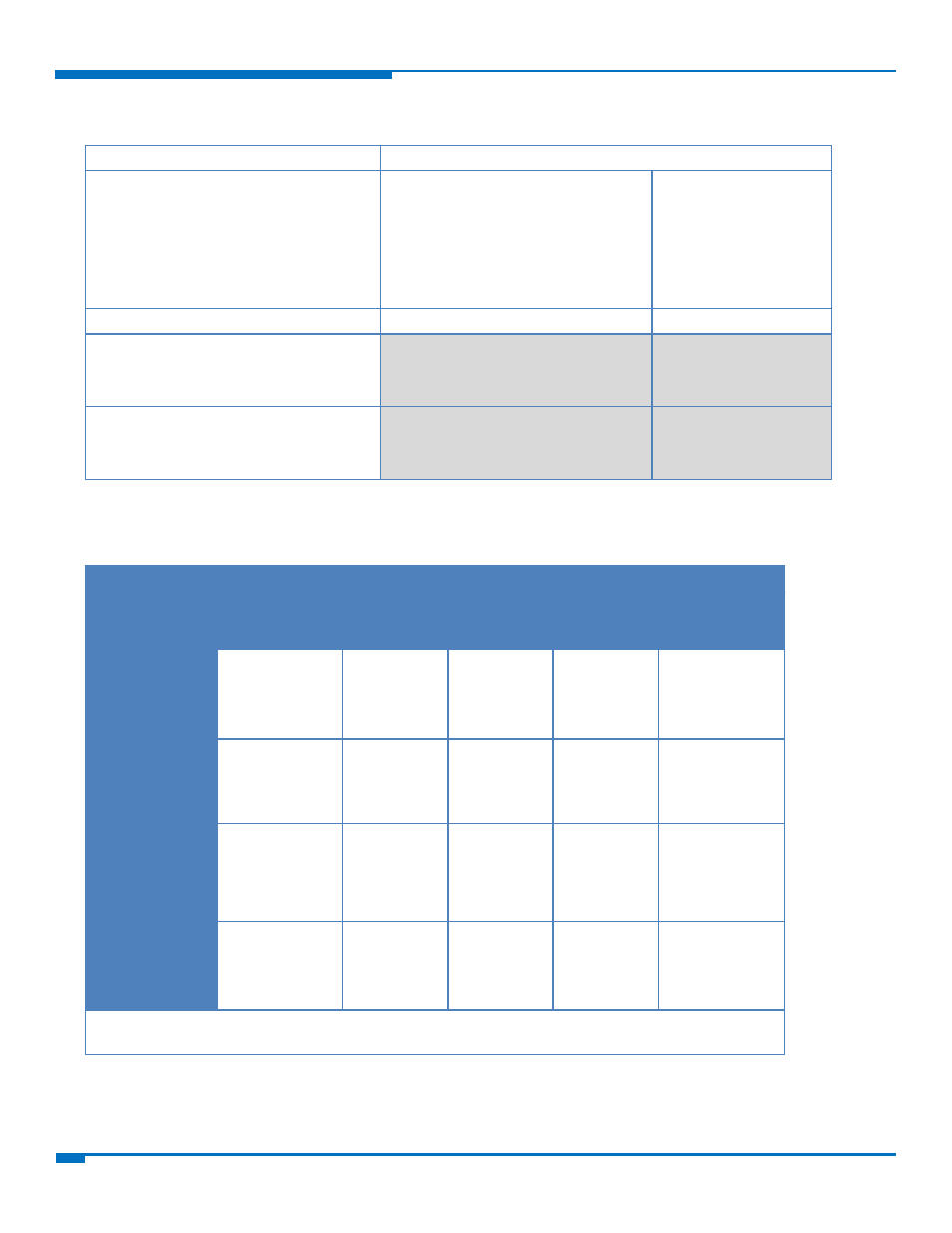Synaccess Networks NP-0801DTM User Manual
Page 129

3GPP TS 27.005 AT COMMANDS FOR SMS AND CBS
129
HSPA+ AT Commands Reference Guide
Use the following table to resolve incoherence problems, due to the possibility that the parameter <mt> can
have different settings at the same time, in different sessions. See #PORTCFG and +CMUX.
Message class or indication group, as in the DCS
SM class is no class
or
SM class is 0 or 1 or 3
or
SM is an Indication with group
“Discard”
SM class is 3.
<mt> settings in different sessions
<mt>=2 for session “0”
and
<mt>=anyvalue for other session(s)
URC is shown only on session 0.
<mt>=3 for session “0”
and
<mt>=0 or 1 for other session(s)
URC is shown only
on session 0.
The following table clarifies which URC is shown and if the DELIVER SM is stored, depending on the <mt>
parameter value and the SM class.
SM CLASS
0 / msg waiting
discard
1 / no class
2
3
msg waiting
store
<mt>
0
Store in <mems>
Store in
<mems>
Store in SIM
Store in
<mems>
Store in <mems>
1
Store in <mems> ‐
Send ind +CMTI
Store in
<mems> ‐
Send ind
+CMTI
Store in SIM ‐
Send ind
+CMTI
Store in
<mems> ‐
Send ind
+CMTI
Store in <mems> ‐
Send ind +CMTI
2
Route msg to TE:
+CMT
See **Note.
Route msg to
TE:
+CMT
Store in SIM ‐
Send ind
+CMTI
Route msg to
TE:
+CMT
Store in <mems> ‐
Send ind +CMTI
3
Store in <mems> ‐
Send ind +CMTI
Store in
<mems>‐ Send
ind +CMTI
Store in SIM ‐
Send ind
+CMTI
Route msg to
TE:
+CMT
Store in <mems> ‐
Send ind +CMTI
where <mems> is the memory where the received messages are stored. See +CPMS.
**Note: The SM is not stored.